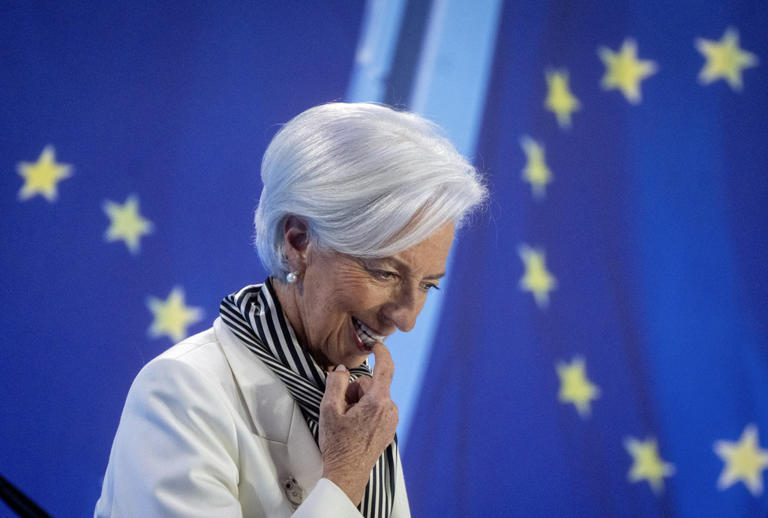At the forefront of this decision-making process is ECB President Christine Lagarde and other officials, who have signaled a strong likelihood of a rate cut during the upcoming meeting of the ECB’s governing council. This meeting is scheduled to take place at the bank’s headquarters in Frankfurt, Germany, where policymakers will convene to deliberate on monetary policy.
Lagarde’s recent statements have underscored her confidence in the eurozone’s ability to manage inflation effectively. The ECB plays a pivotal role in setting monetary policy for the 20 European Union countries that utilize the euro currency. Lagarde’s remarks, coupled with statements from other ECB officials, have led analysts to anticipate a rate cut as almost certain.
This potential rate cut marks a significant shift in policy direction. In response to the inflation surge, which was triggered by factors such as Russia’s reduction of natural gas supplies and supply chain disruptions, central banks worldwide have been leaning towards lowering interest rates. This trend is evident in the rate cuts already implemented by central banks in smaller economies like Sweden, Switzerland, Hungary, and the Czech Republic.
However, it’s essential to recognize the divergent economic landscapes facing central banks like the ECB and the US Federal Reserve (Fed). While both institutions share the common goal of managing inflation, they confront distinct economic challenges. The eurozone’s inflation surge contrasts with the inflation dynamics in the US, where government stimulus and pandemic recovery spending have fueled inflation levels above the Fed’s target.
In navigating these economic landscapes, the ECB’s potential rate cut is aimed at addressing inflationary pressures while supporting economic growth. Lowering interest rates can stimulate borrowing and spending, thereby bolstering economic activity. However, it’s a delicate balancing act, as lower rates also risk exacerbating inflationary pressures.
The implications of central bank decisions on interest rates extend far beyond monetary policy circles. They have significant ramifications for financial markets and everyday consumers. For example, lower rates can translate into reduced borrowing costs for consumers, potentially boosting spending and investment. Conversely, higher rates may impact sectors sensitive to borrowing costs, such as construction and renewable energy development.
In conclusion, the ECB’s potential rate cut reflects a strategic response to prevailing economic conditions, with the aim of promoting stability and supporting economic recovery in the eurozone. As central banks worldwide navigate these uncertain times, their policy decisions carry wide-ranging implications for global financial markets and economic stability.
